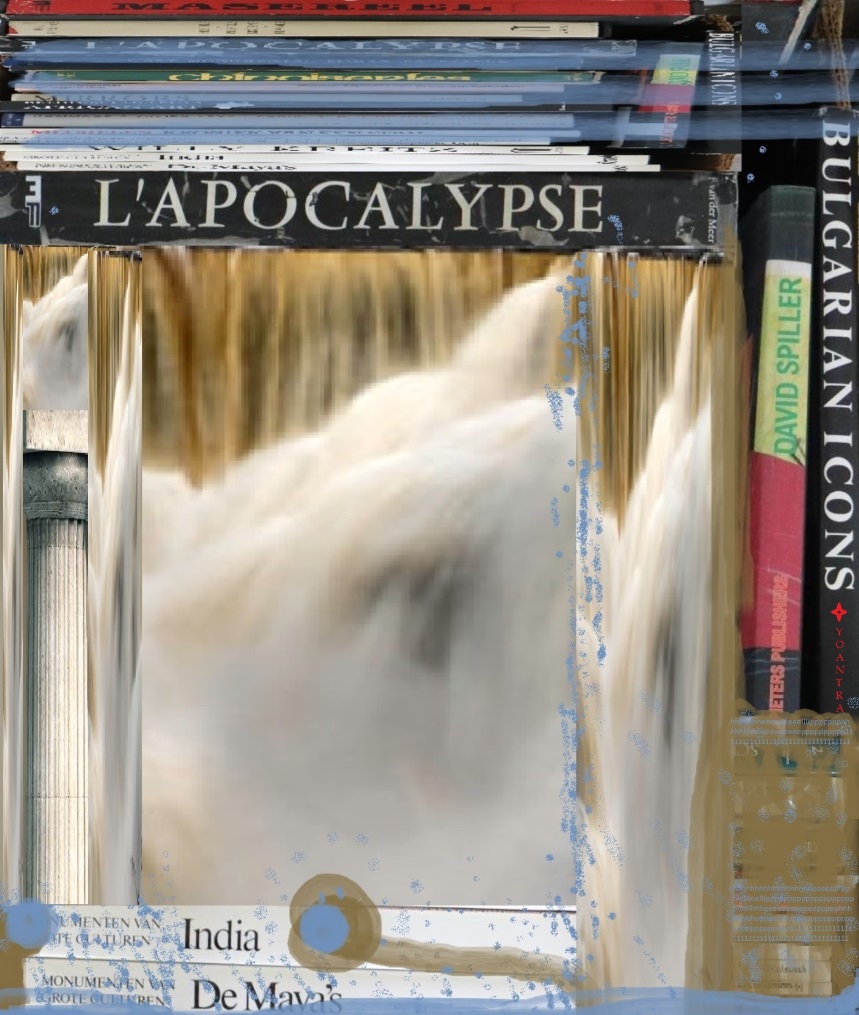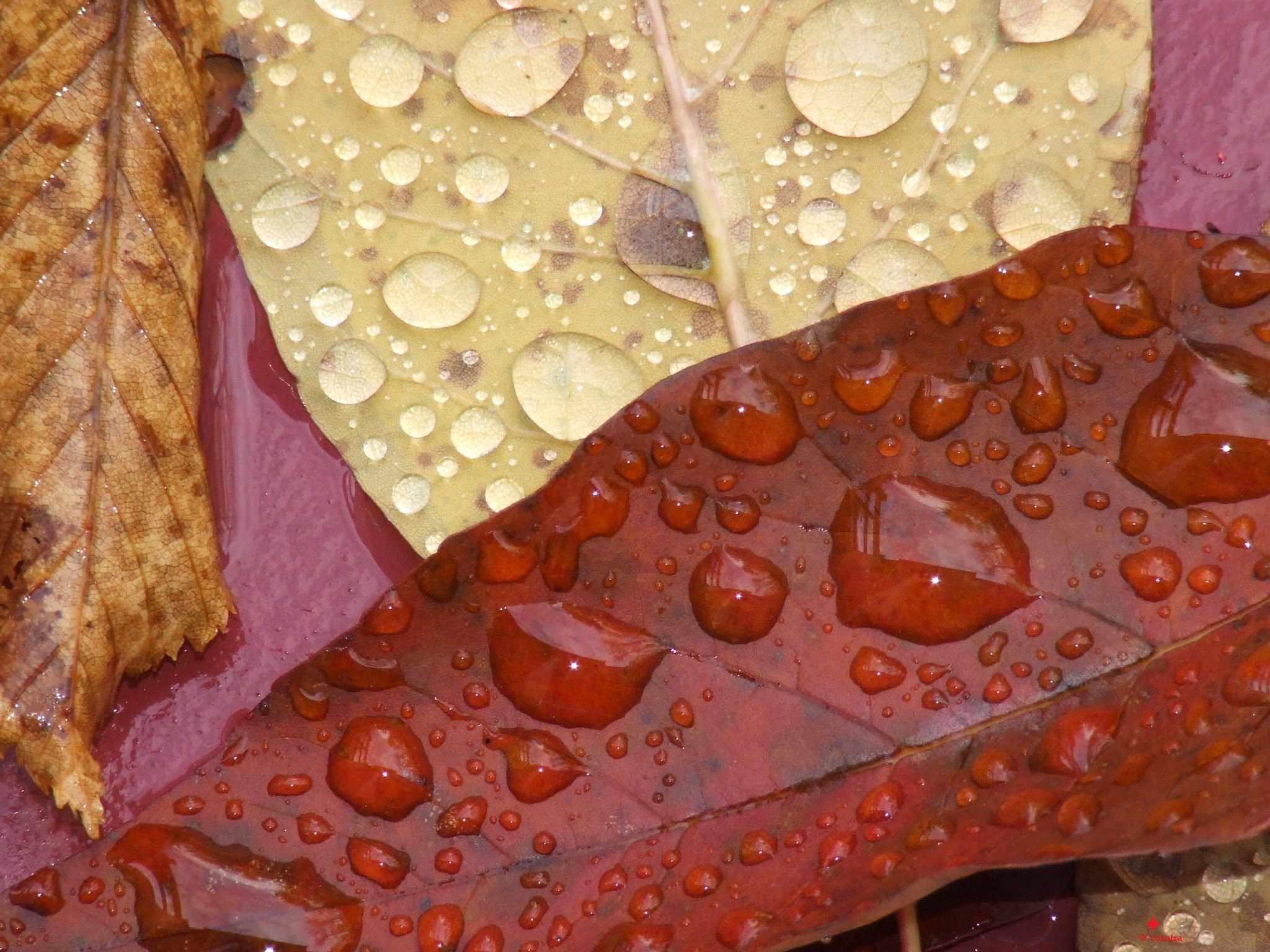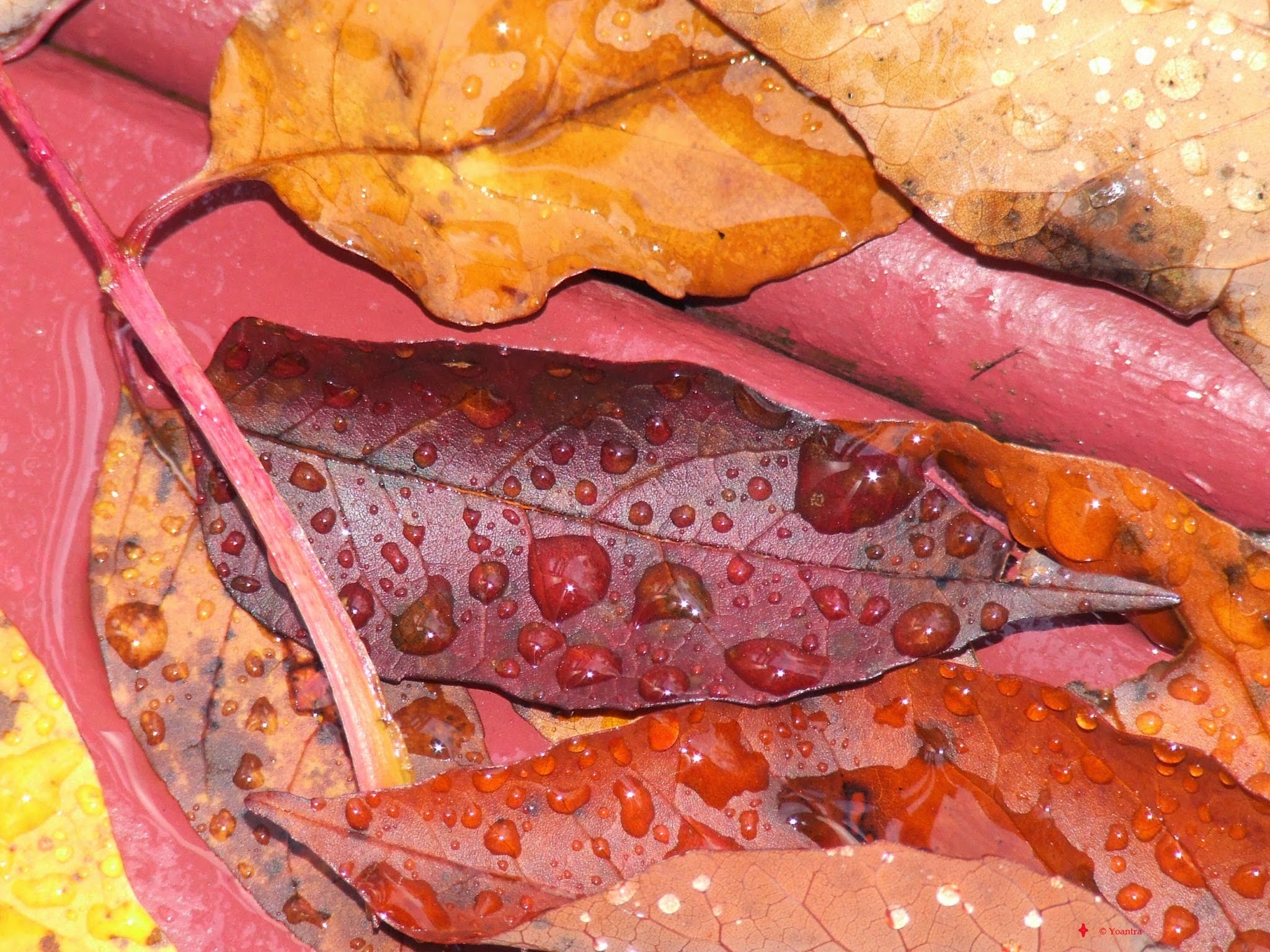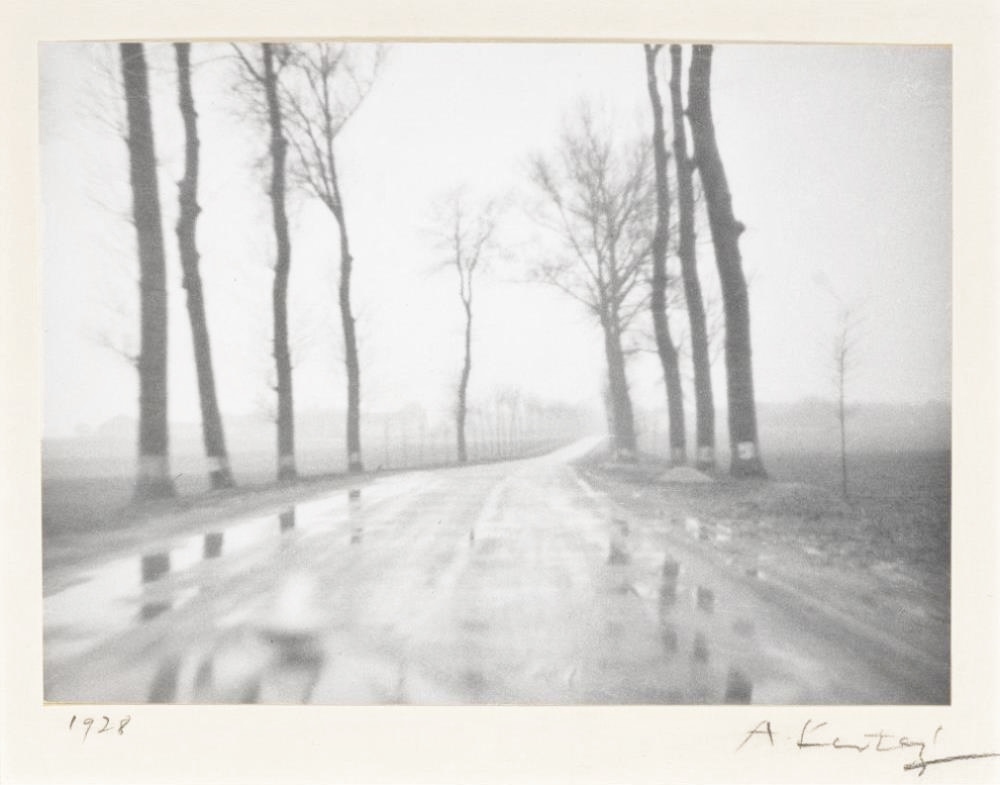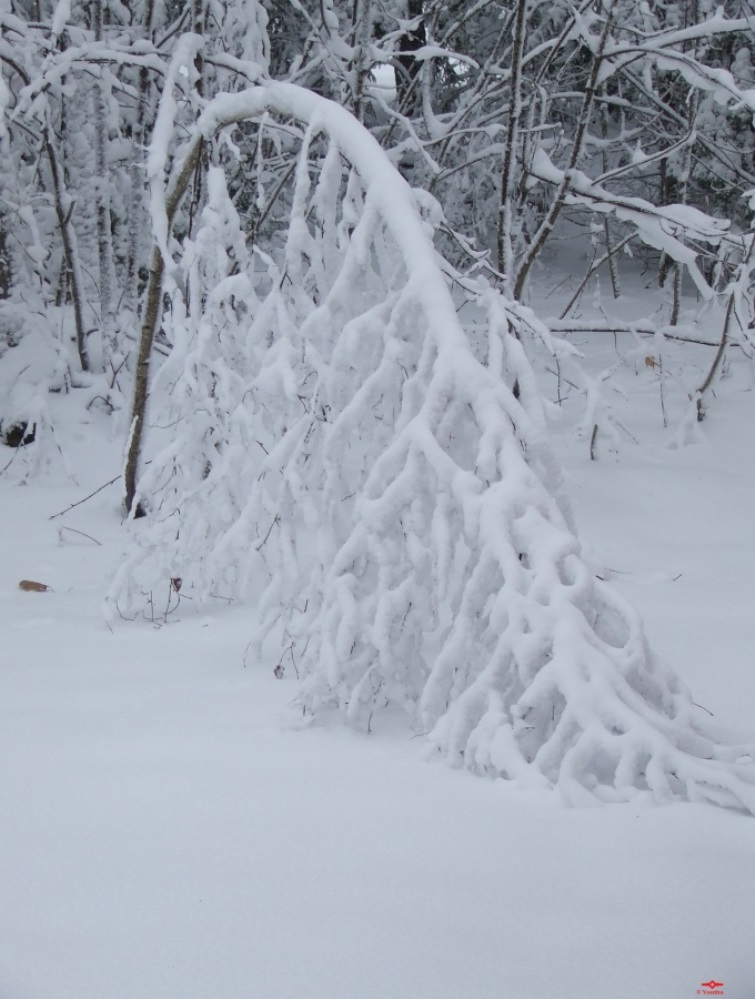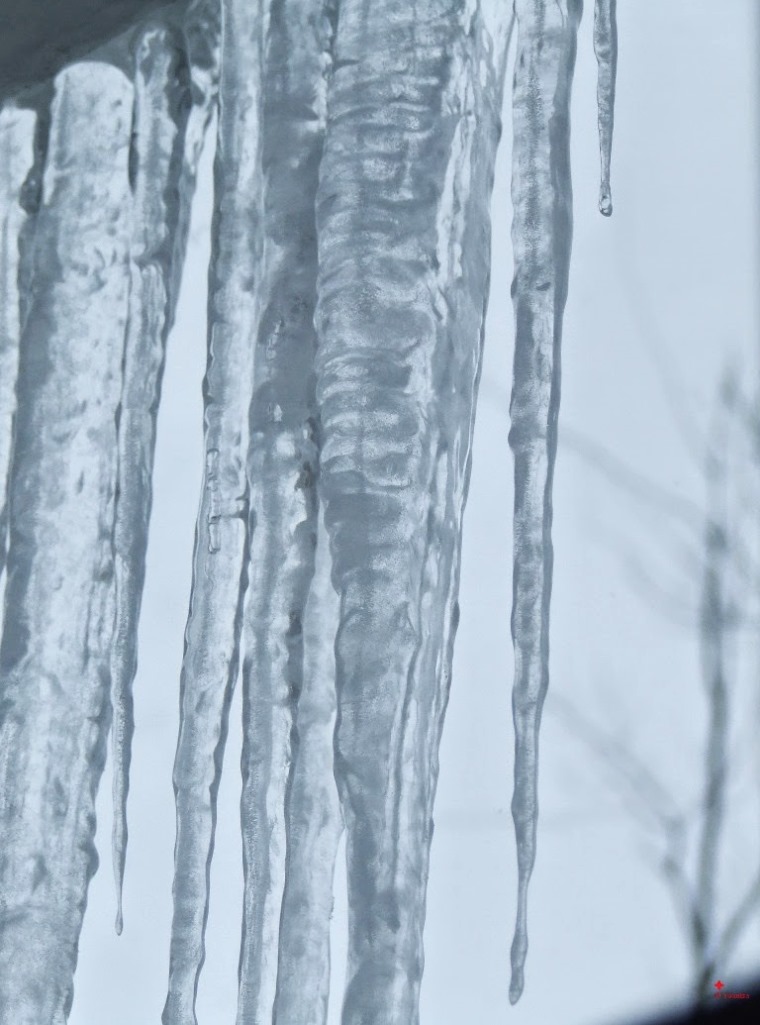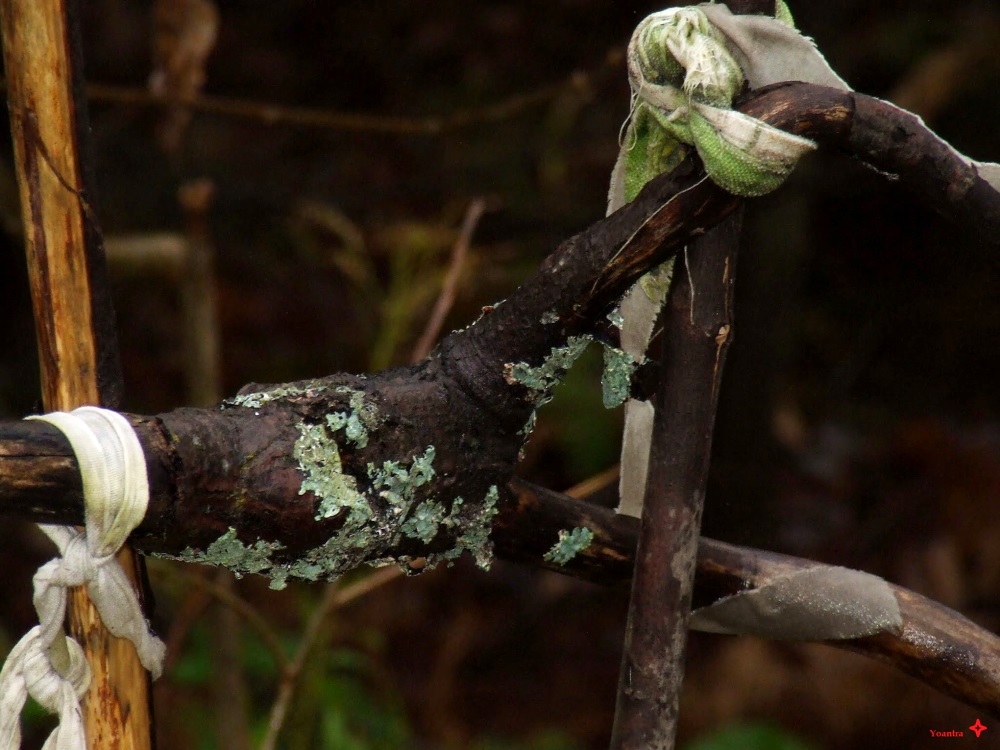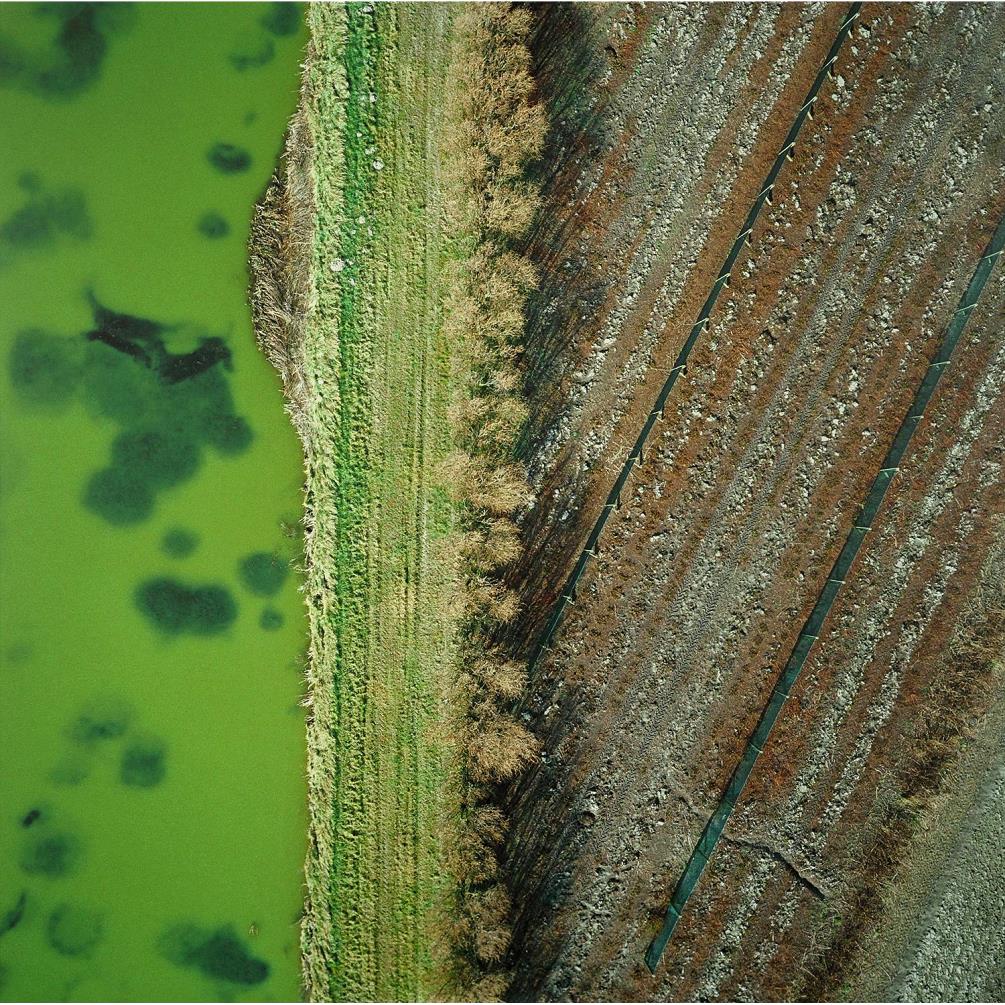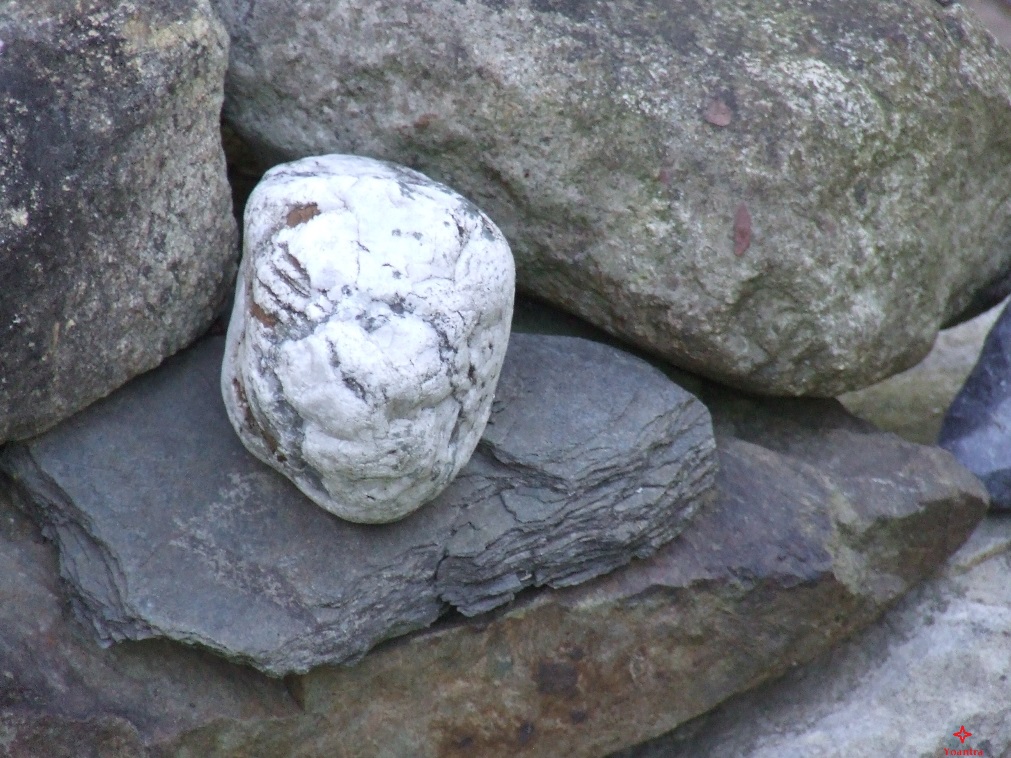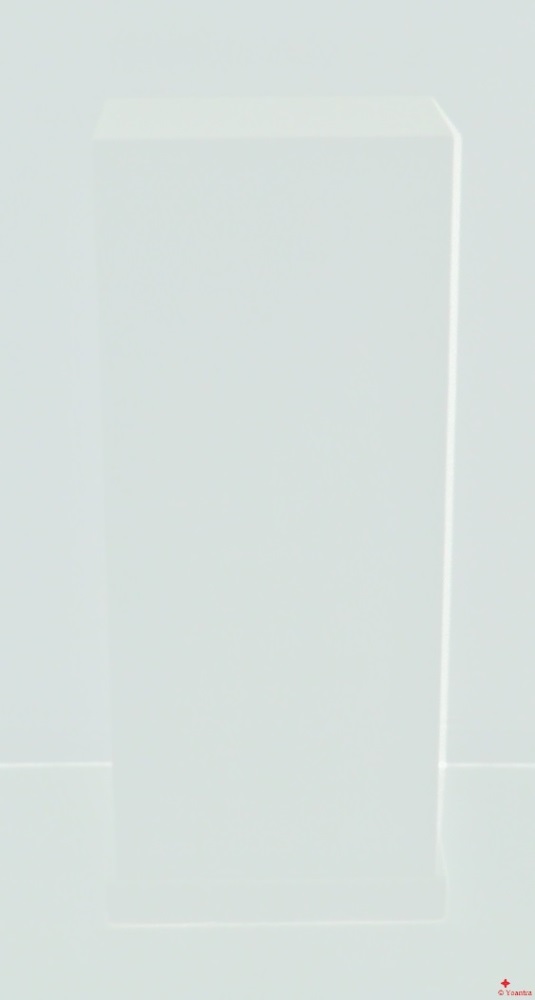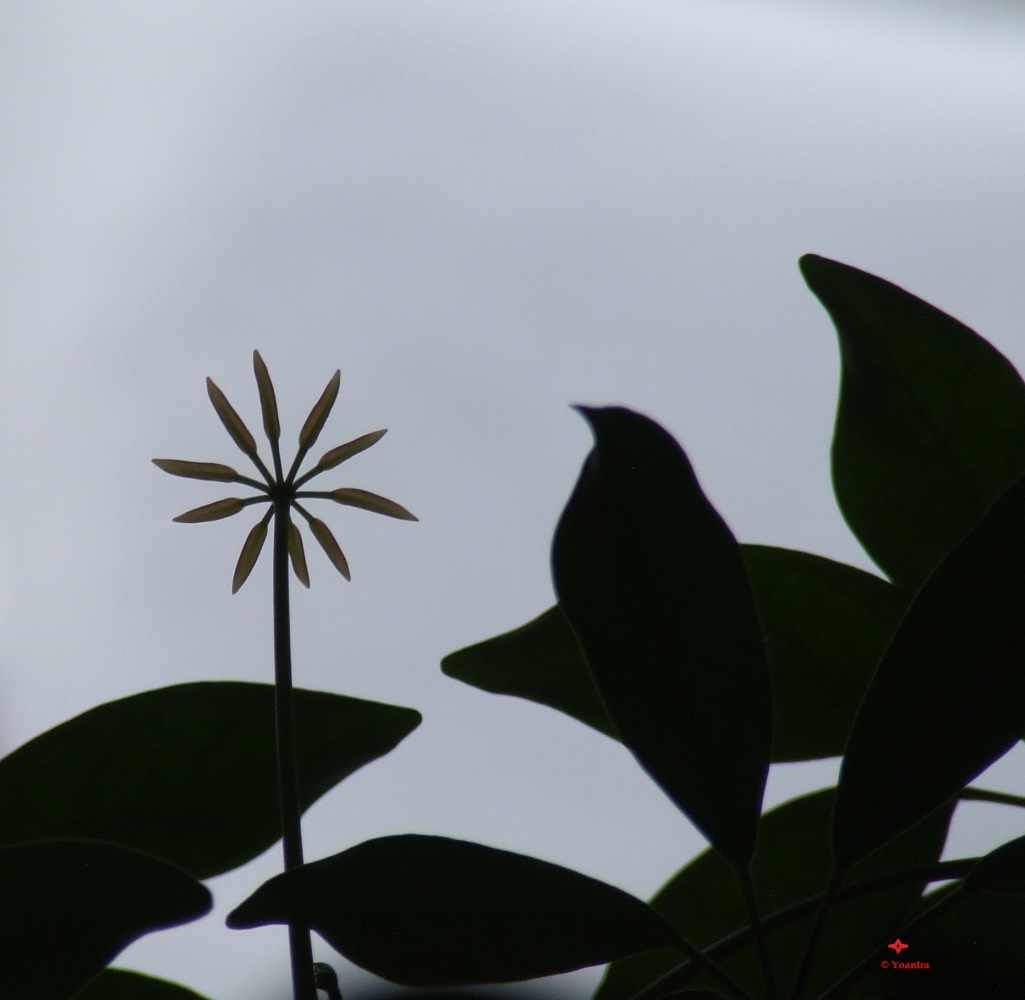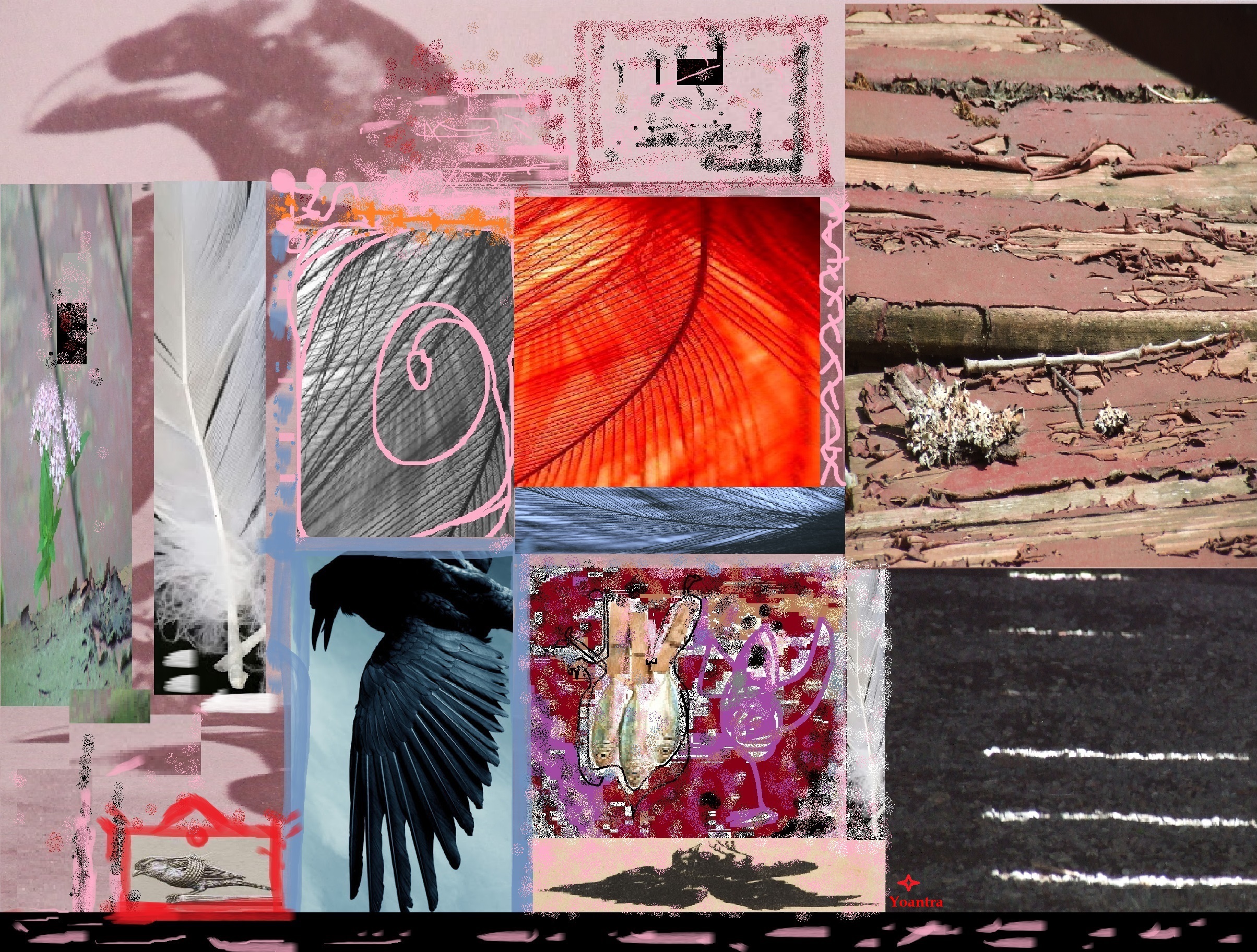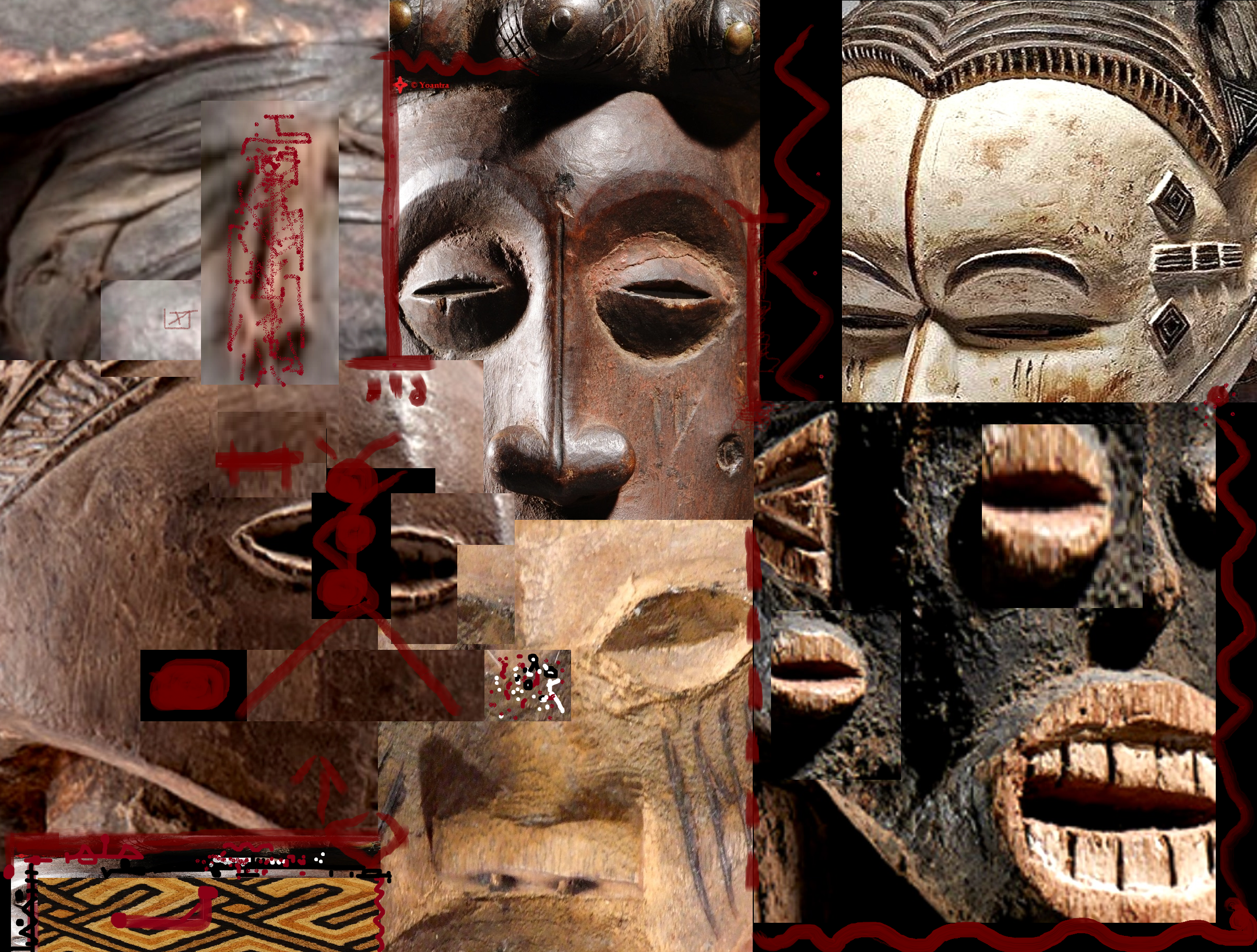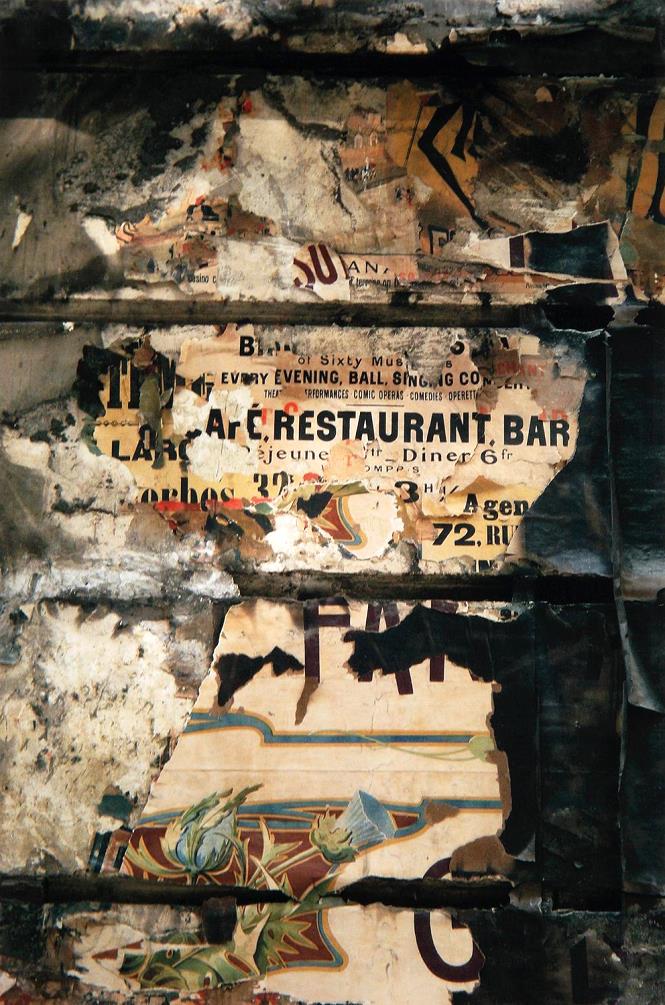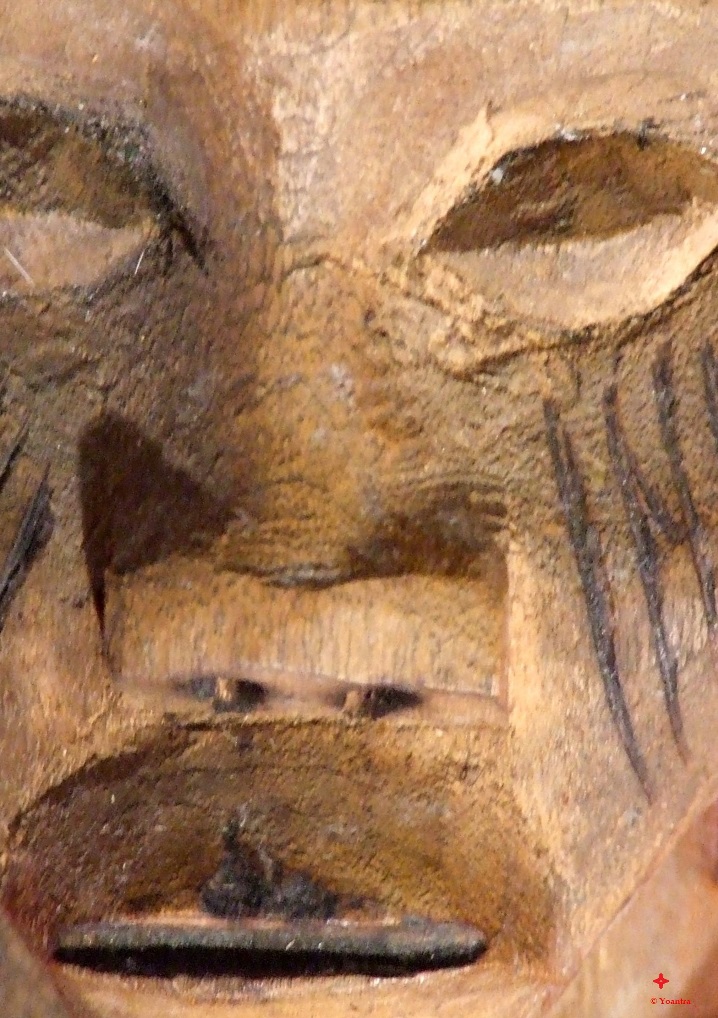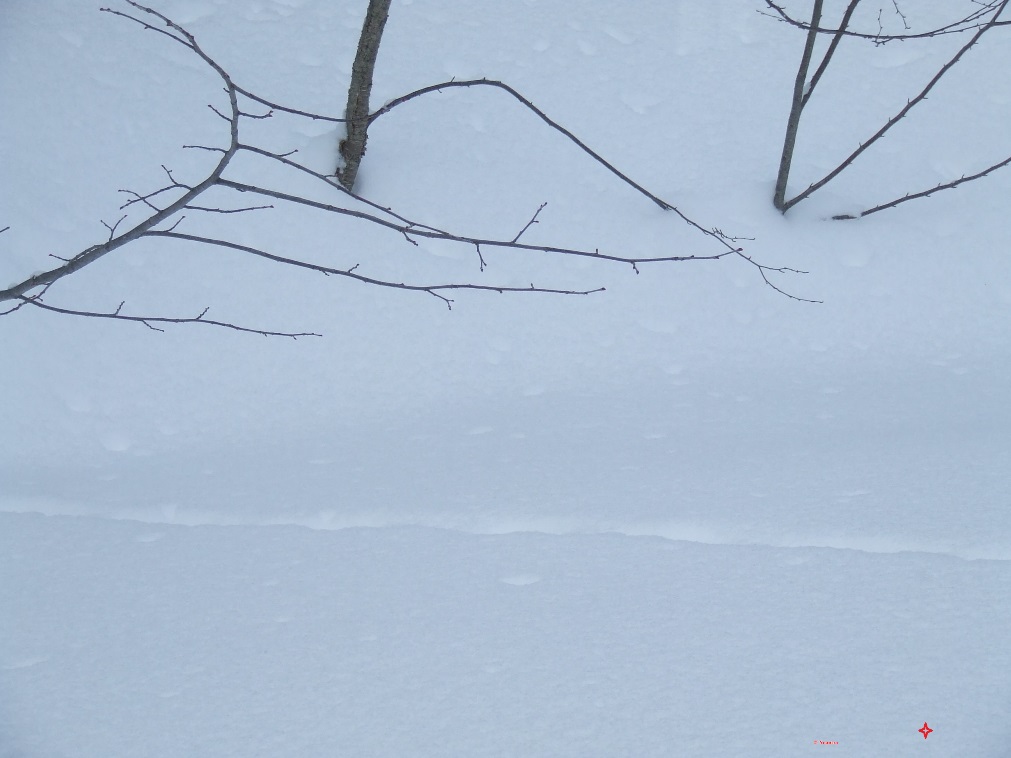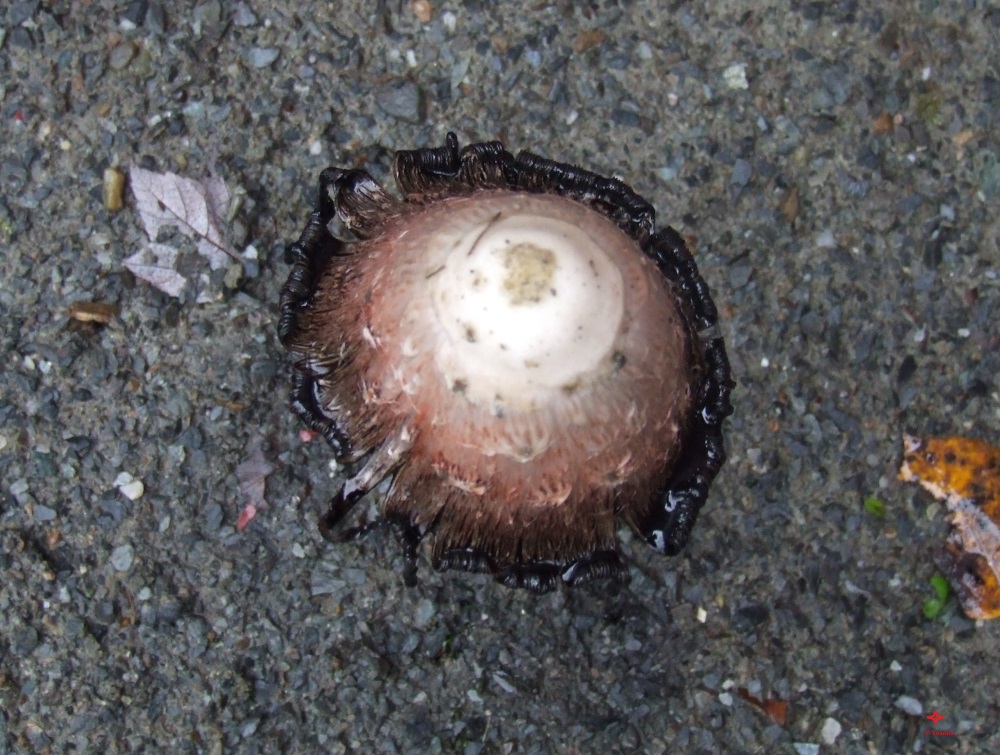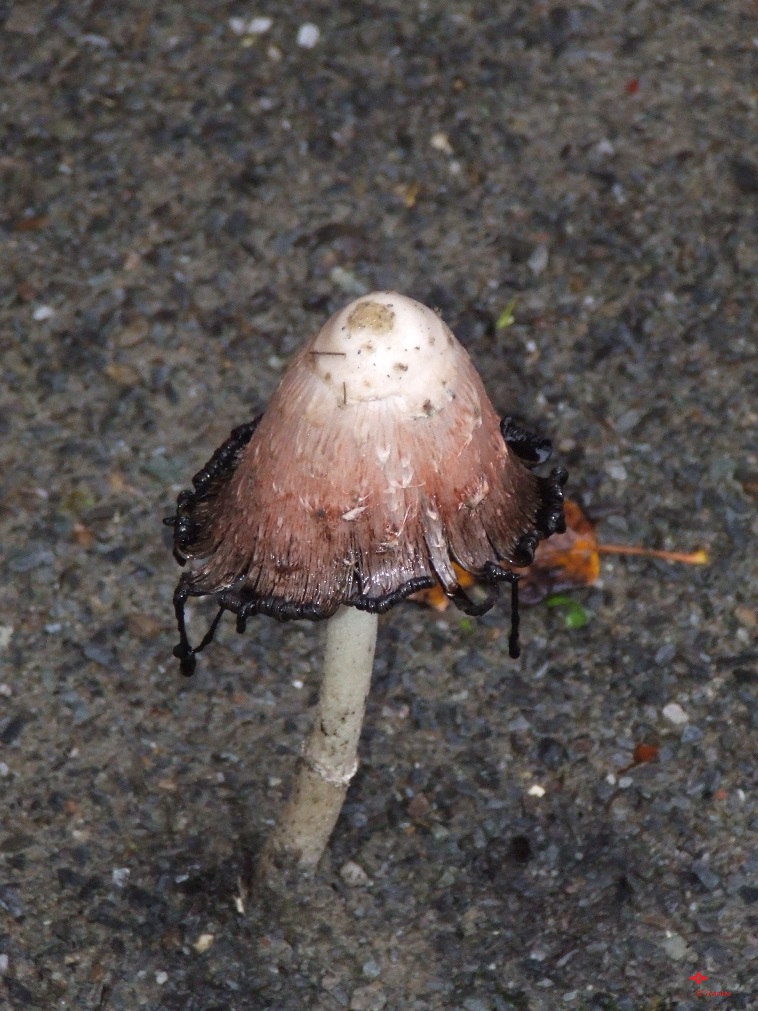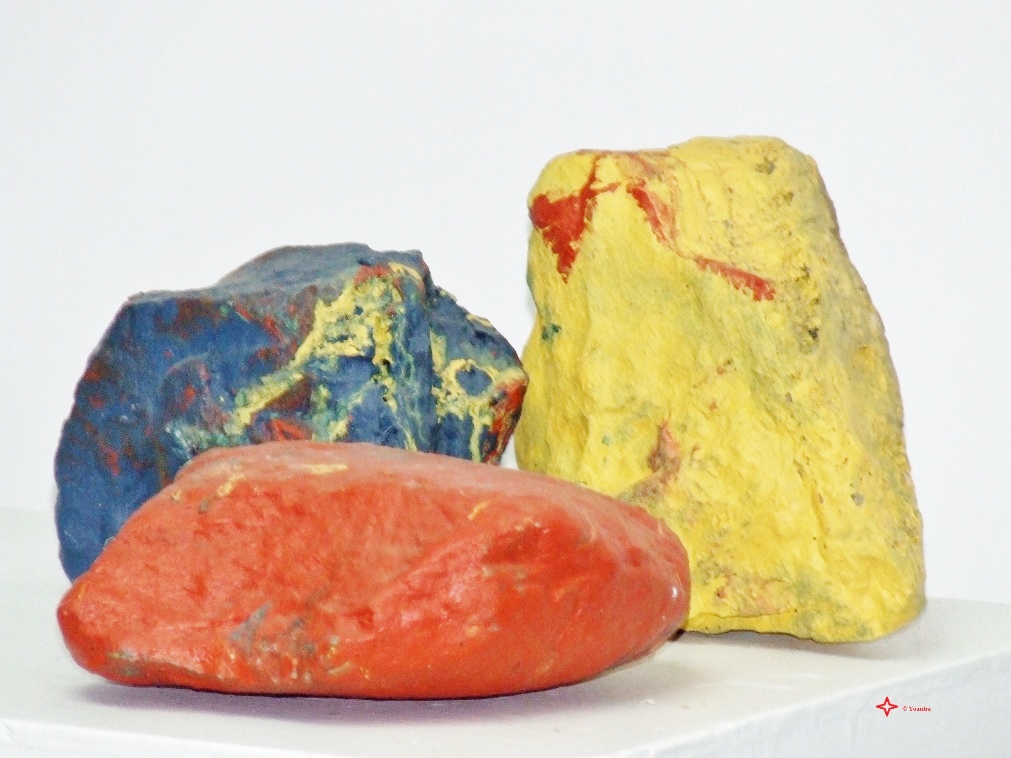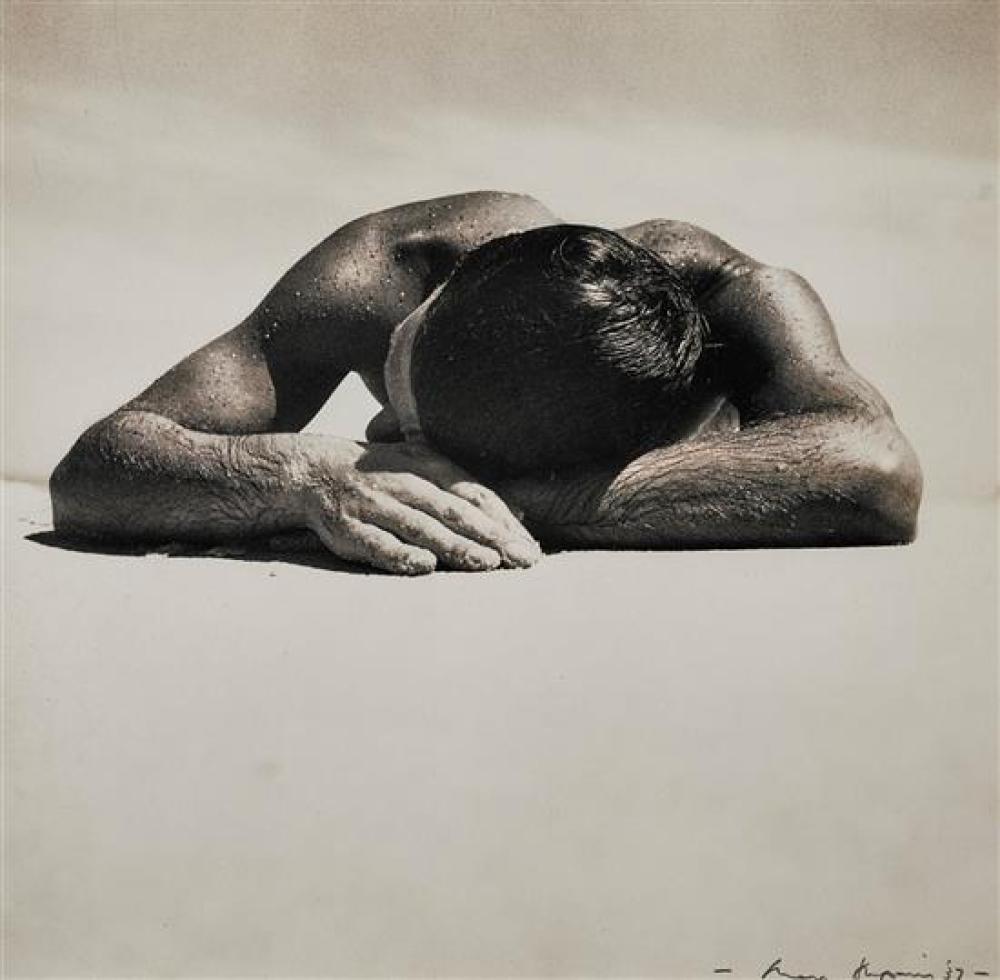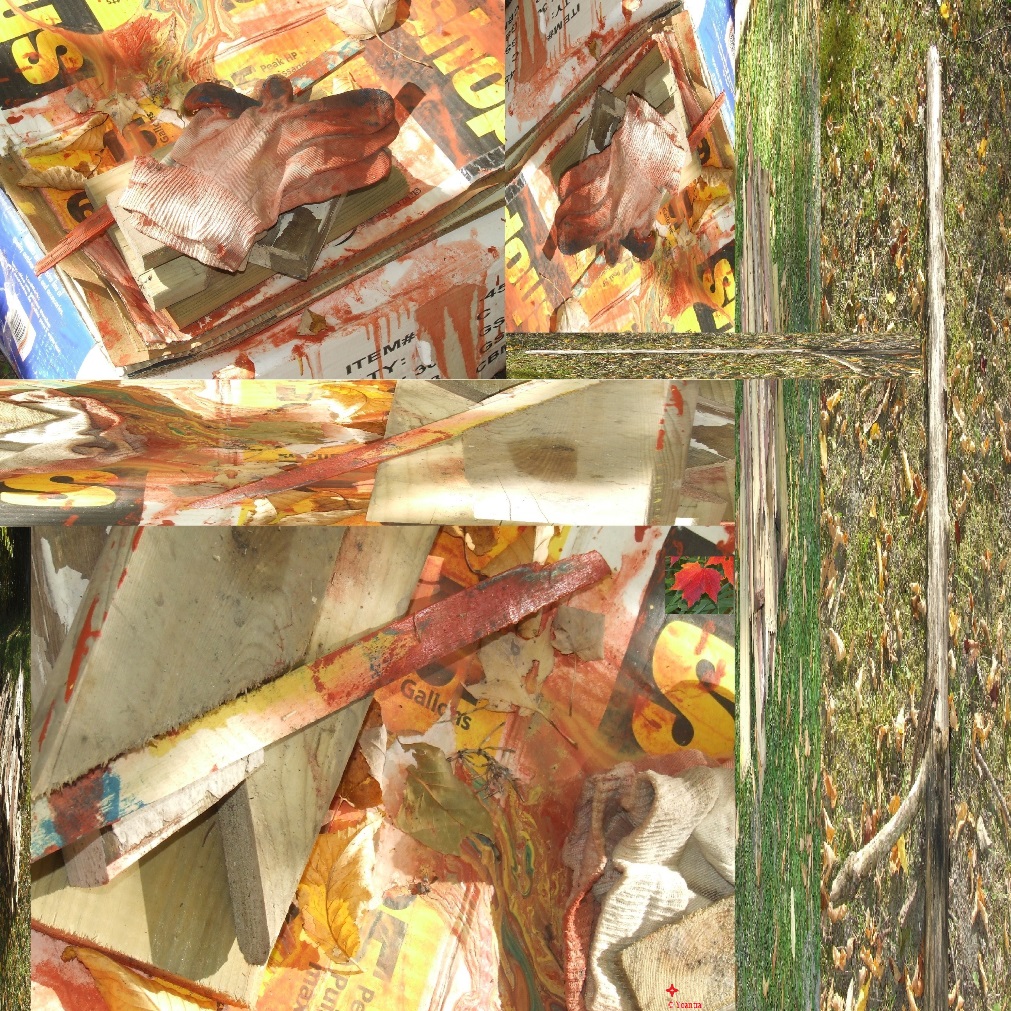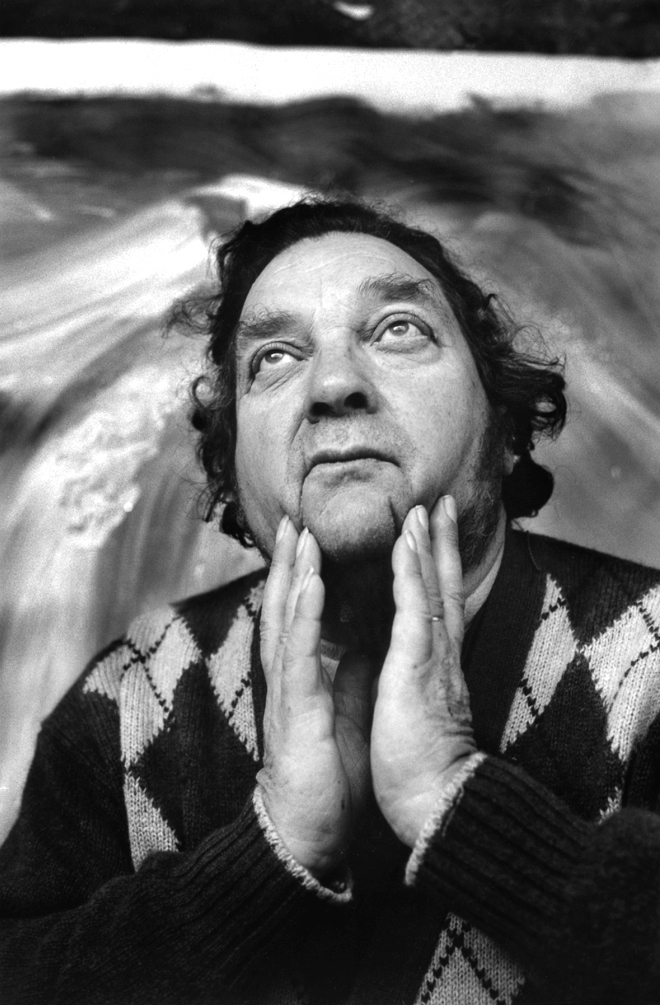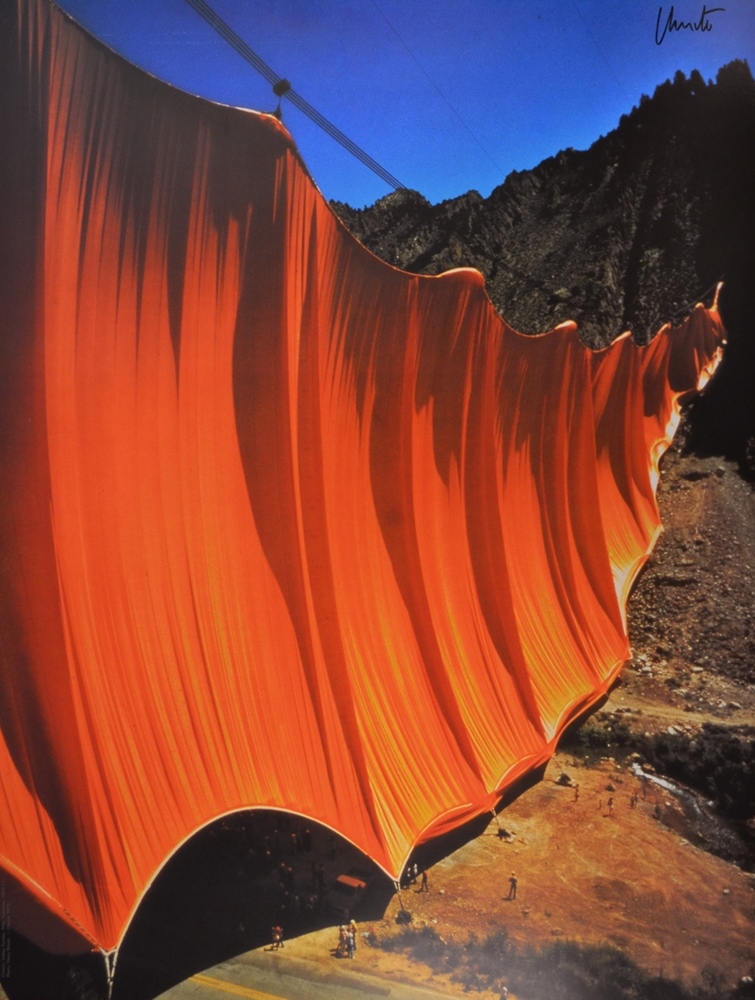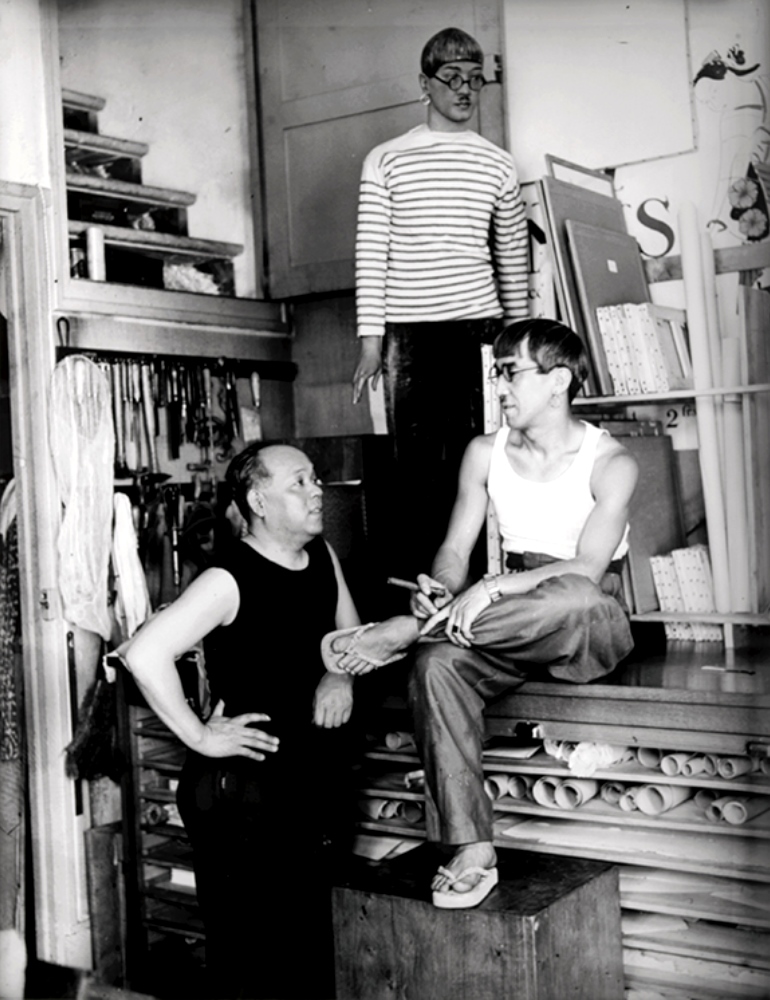Gelatin Silver Prints
Gelatin silver printing has been the primary black-and-white process since its development in the late 1880s and consists of three layers—paper, baryta, and gelatin—on which an image is produced. The paper essentially serves as a base, with the baryta layer (a surface preparation of barium sulfate) sitting on top to separate the image-containing gelatin layer from the paper support. The gelatin layer is made up of an emulsion that consists of light-sensitive silver compounds that form the image following exposure of the negative and development in a chemical bath. Another distinguishing feature is the smooth, even image surface. Photographers often use additional chemicals on gelatin silver prints in order to alter the range of tone and make the print more permanent.
Silver Dye-Bleach Prints
Whereas a black-and-white print requires paper with one layer of emulsion—a light sensitive coating—a silver dye-bleach print (or dye destruction print) such as a Cibachrome print is made on paper containing three emulsion layers, each sensitized to one of the three primary colors of light—red, blue, or green. During development the silver and extra color dyes are selectively bleached away to achieve the desired final colors. Silver dye-bleach prints are noted for their color saturation, clarity, and stability
Reference: Department of Photography at the Art Institute of Chicago to accompany the exhibit When Color Was New, February 24–April 29, 2007.
See also Ilfochrome (also commonly known as Cibachrome)

